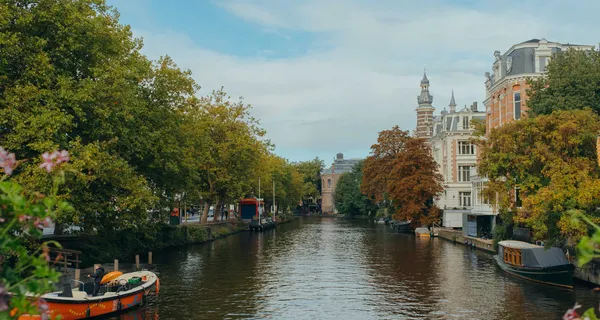On this page
Introduction to Wheelchair Accessible Bruges
Welcome to Bruges, Belgium, a charming and picturesque city known as the “Venice of the North” due to its enchanting canals and medieval architecture. Indulge in delicious Belgian chocolates, explore the many museums and churches, and savor traditional dishes like Belgian waffles in the vibrant Markt square. While Bruges’ accessibility infrastructure is limited, efforts have been made to improve access at major attractions and some restaurants. With a bit of planning, you can enjoy the magic of Bruges, whether you’re a history enthusiast, a foodie, or simply seeking a fairytale-like experience in this captivating destination.
Attractions & Sights – Wheelchair Accessible Things to Do in Bruges, Belgium
My trip to Bruges was an impromptu one that lasted only a couple of days, meaning I wasn’t able to experience every one of the city’s highly rated tourist attractions. This guide is limited in that regard, however it will provide you with a sufficient understanding of what accessibility in Bruges looks like and how, with some planning, wheelchair users can travel to this historic Belgian city, fully participate in its most revered activities and traditions, and make memories with family and friends.
St. Saviour’s Cathedral
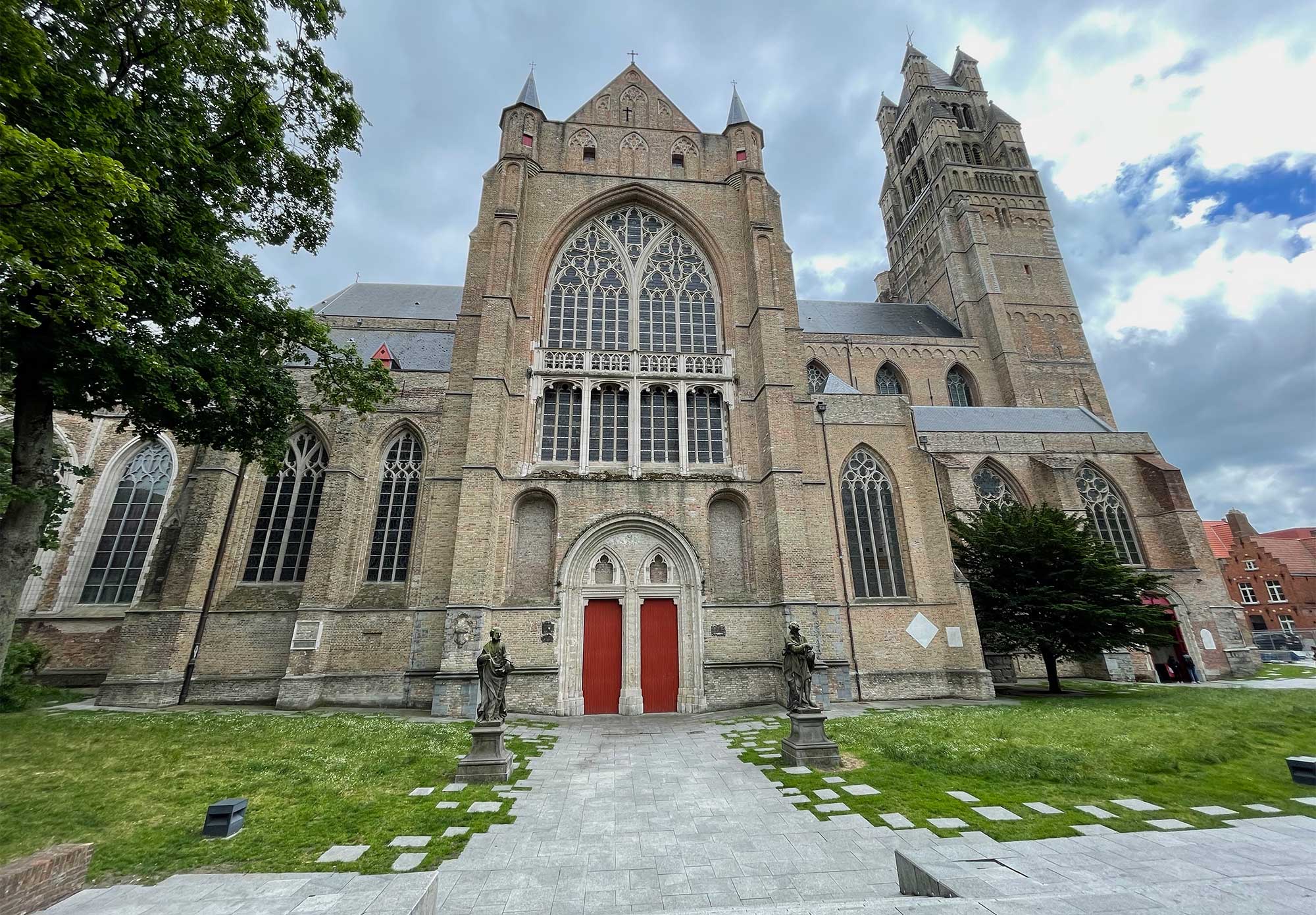
St Saviour’s Cathedral, or St. Salvator’s Cathedral, is the oldest parish church in Bruges. While the parish dates to the 9th century, the present cathedral was constructed beginning in the 13th century. Originally built as a simple parish church, it was elevated to cathedral status in 1834, becoming the seat of the Roman Catholic Diocese of Bruges.
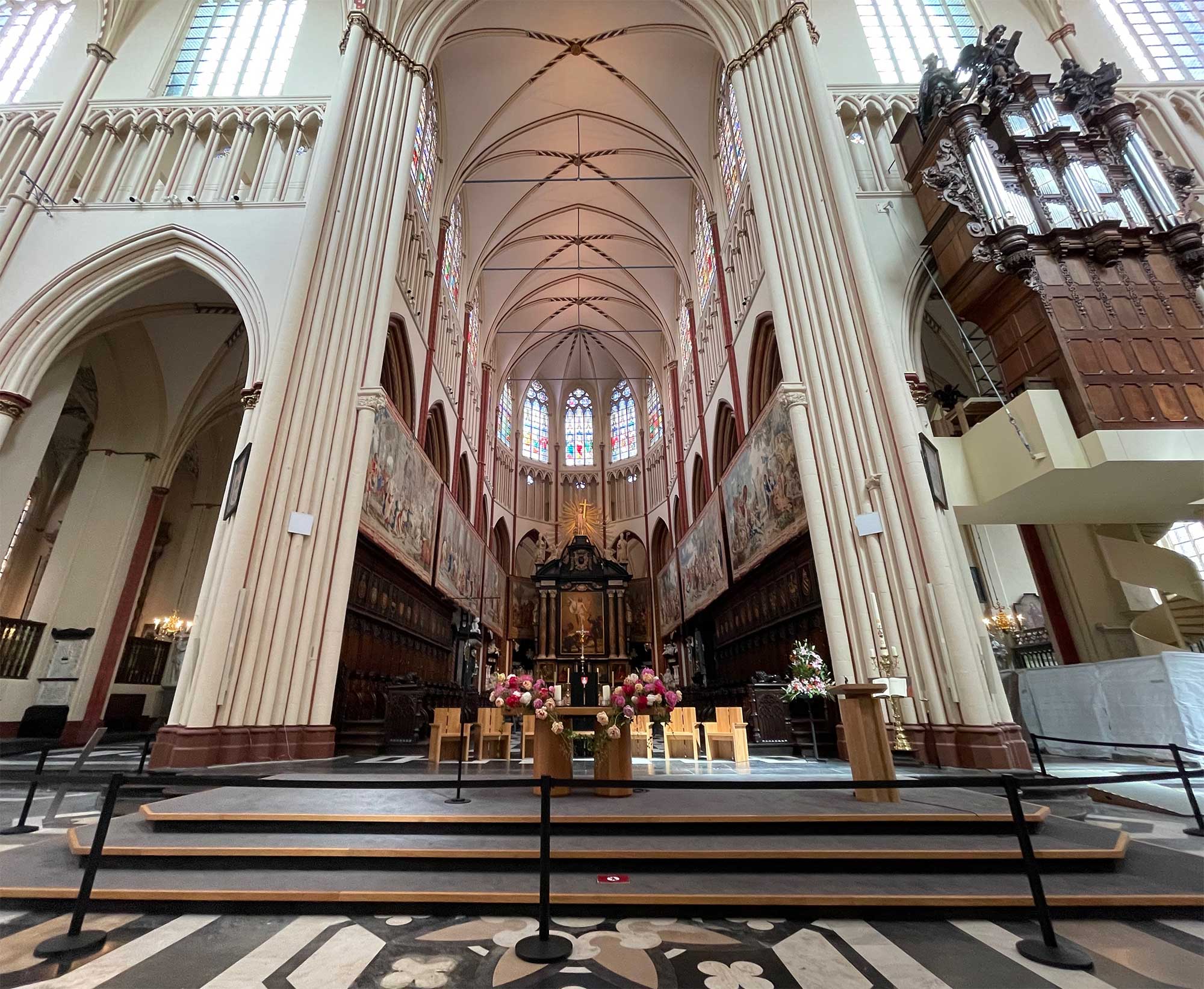
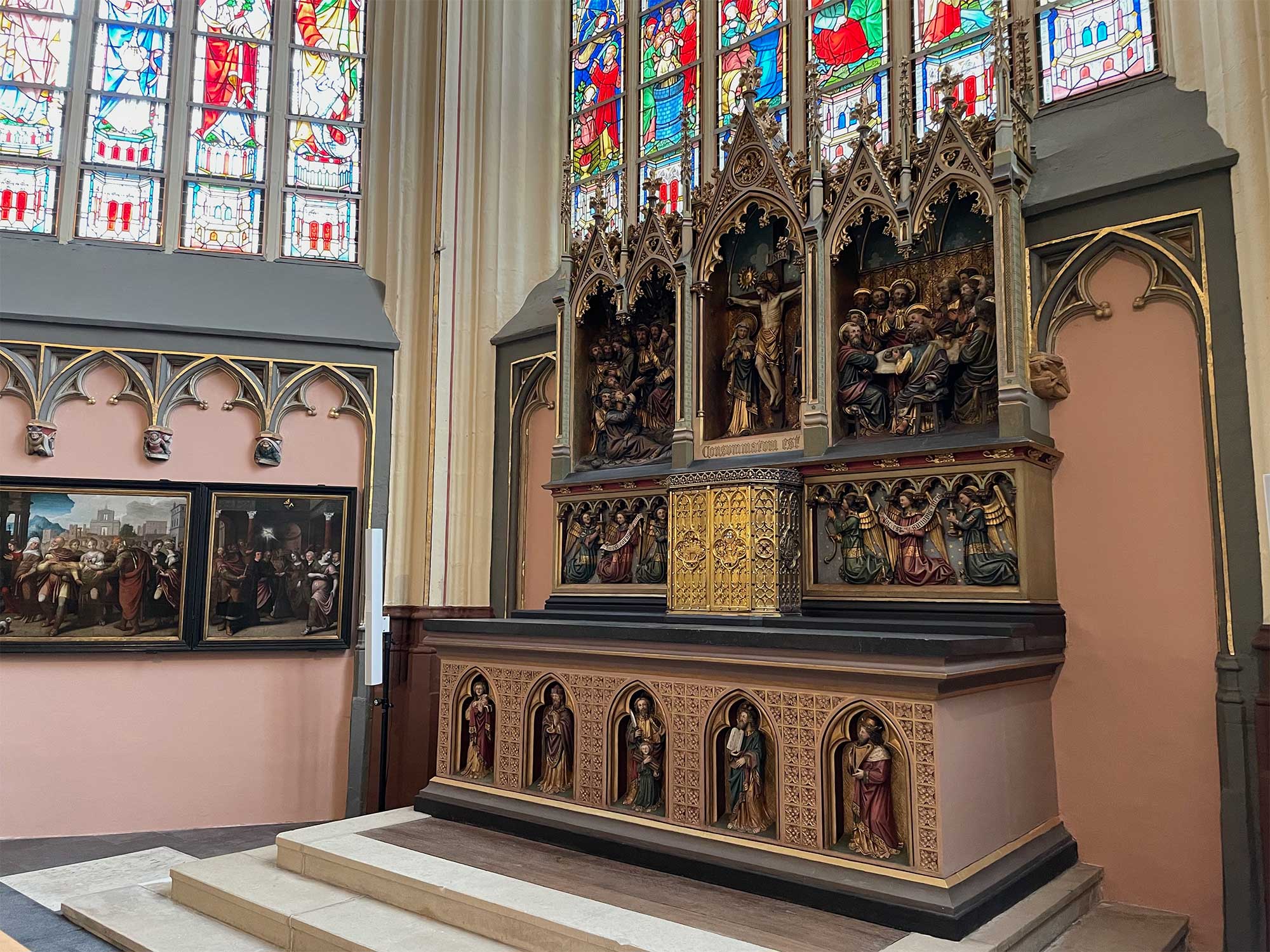
The cathedral’s gothic architecture and large bell tower dominate the city skyline, and its interior is equally mesmerizing. Large tapestries made in Brussels during the 1700s hang high above the altar, while ornate side altars encircle the length of the cathedral’s interior. Colorful stained glass windows are also an attraction, along with masterpieces by Flemish artists including Dirk Bouts, Hugo van der Goes, Lanceloot Blondeel and Pieter Pourbus.
Barrier-free wheelchair access to the cathedral is possible via a sloped pathway. To gain a preview of the interior, a virtual tour is available on the Cathedral website, which also provides additional information on the church’s history, artworks, and a schedule of events including Mass times for those who celebrate.
Museum of the Church of Our Lady
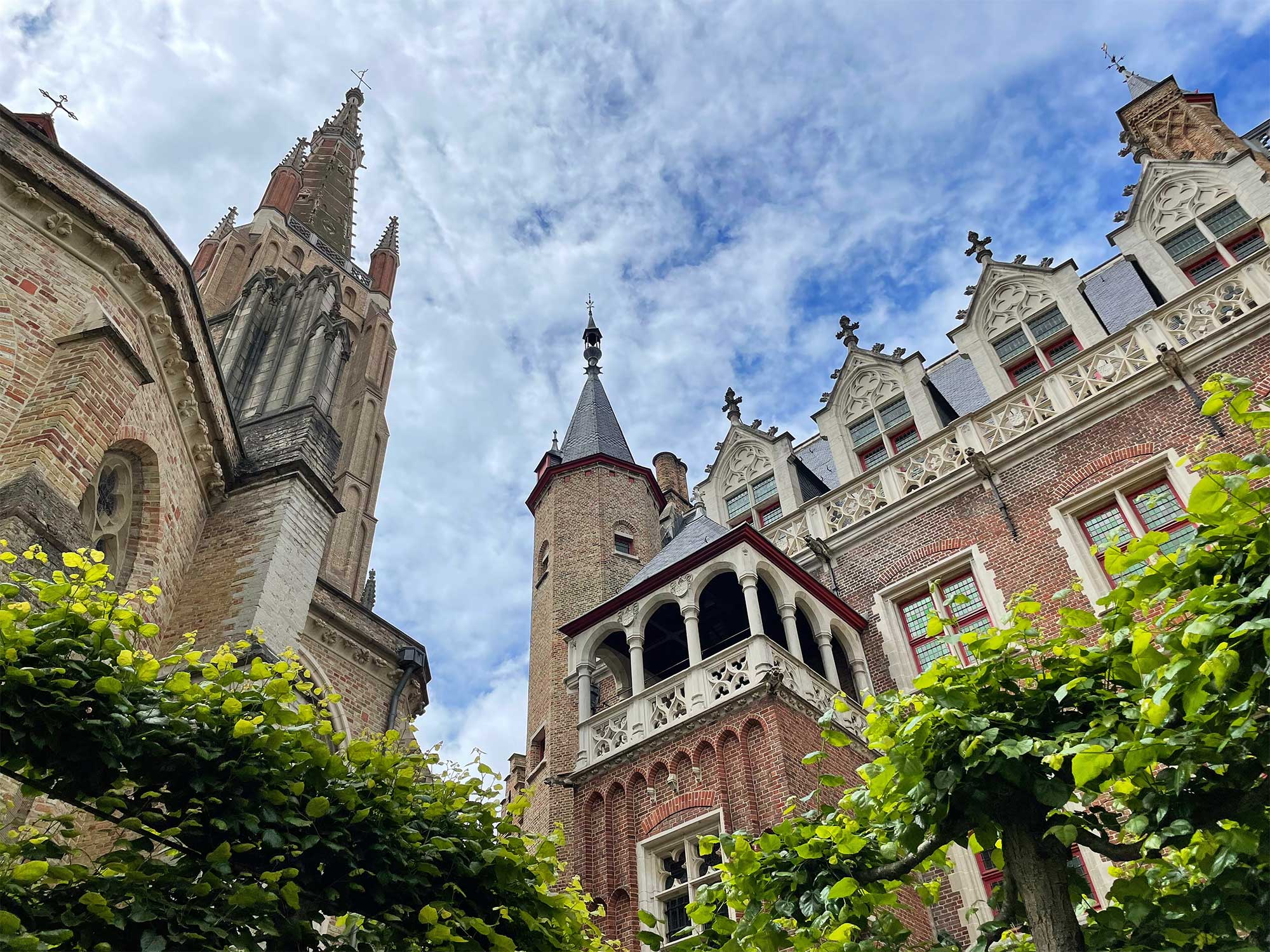
The Gothic-style Church of Our Lady in Bruges was constructed largely between 1270-1280, however additions were made in the 14th and 15th centuries. Its tower, which reaches a height of 379 feet, is the third tallest brickwork tower in the world. The church is an architectural delight, even more so as the parish looks forward to celebrating a 750th anniversary.
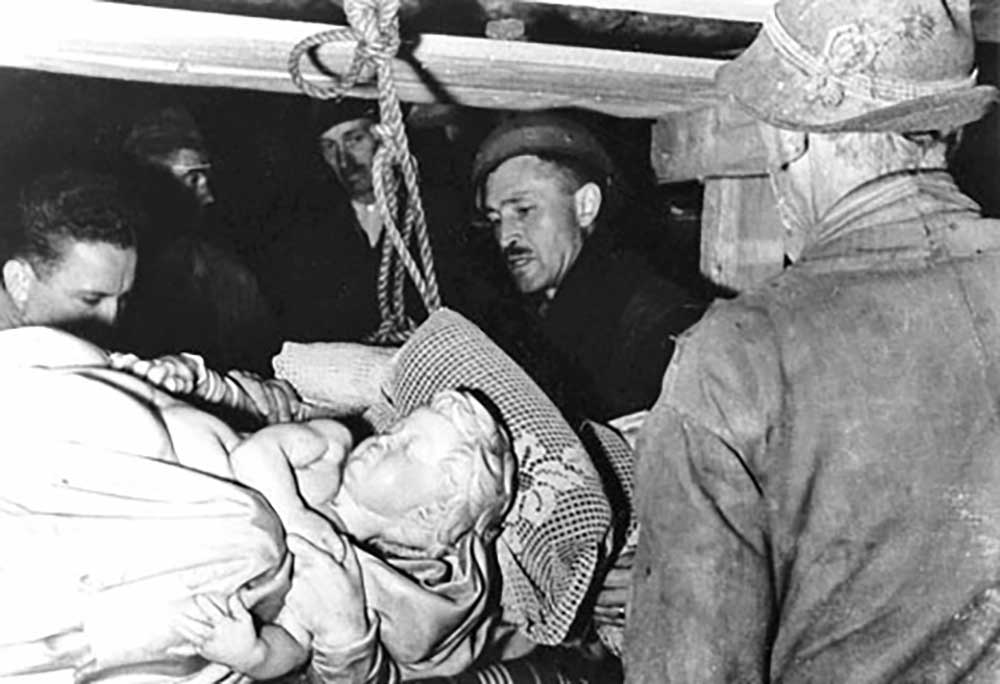
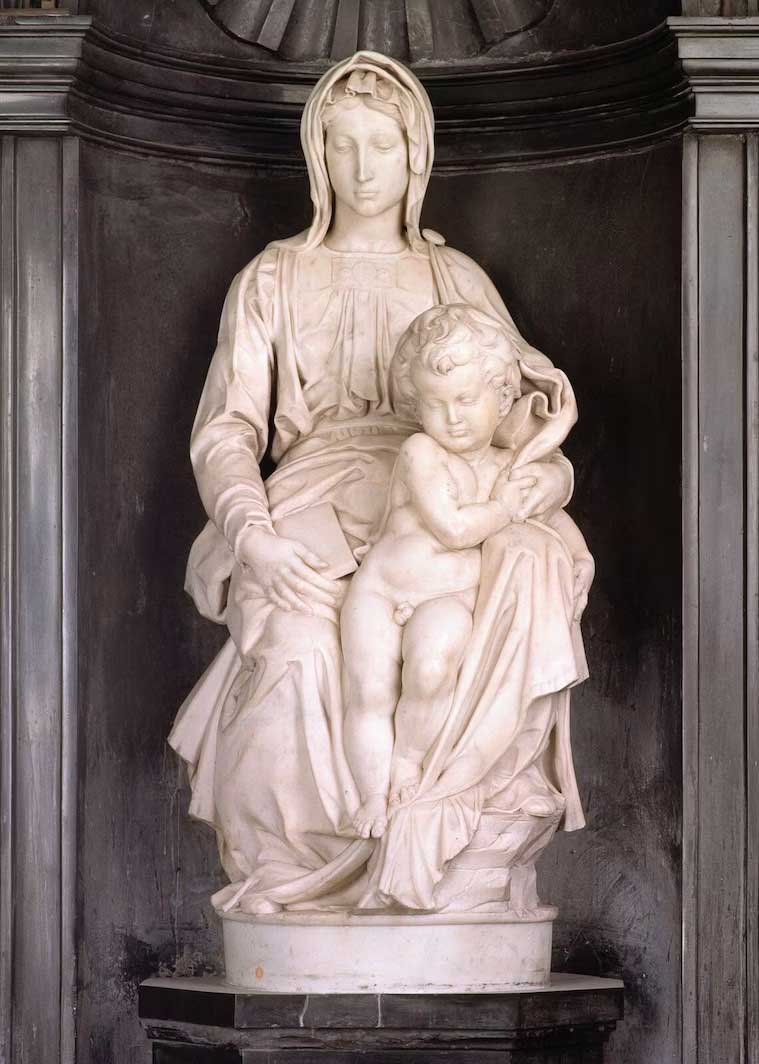
Inside, the Museum of the Church of Our Lady, provides visitors access to a treasure trove of art and sculpture. The piece that attracts tourists from all around the world is Michelangelo’s Madonna and Child (1501-1504), which was commissioned by wealthy merchants in Bruges and now resides at the Church of Our Lady. Twice the sculpture was stolen from Bruges, first during the French Revolutionary War in 1794, and second during World War II in 1944. The sculpture gained wider acclaim after the 2014 film Monuments Men told the story of the sculptures recovery from Hitler and the Nazis in an Austrian salt mine. Here’s a clip of the scene in which the Madonna was found:
Wheelchair access is possible via the museum’s entrance on Guido Gezelleplein street. Wheelchair users will have access not only to the Madonna and Child, but also to a large collection of artworks and the tombs of Charles the Bold and his daughter, Mary of Burgundy and the “Mother of the Habsburg Dynasty.” For more information or to plan your visit, see the museum website.
Basilica of the Holy Blood
The Basilica of the Holy Blood, located alongside Bruges City Hall, was completed in 1157 and is home to a relic of the Blood of Christ, allegedly collected by Joseph of Arimathea (the man who the four canonical gospels say buried Jesus) and brought to Bruges from the Holy Land more than a thousand years later by Thierry of Alsace, a crusader and the fifteenth Count of Flanders.
The Precious Blood relic is venerated to this day in the basilica, and features each year in a procession on the Solemnity of the Ascension of Jesus Christ, held on the Thursday following the Sixth Sunday of Easter according to the Roman Catholic liturgical calendar. The church, nearly a millennium old, is open to the public. On the lower level, tourists can visit the St. Basil Chapel, which was completed in 1149 and is one of the best preserved churches in the Romanesque style of the region.
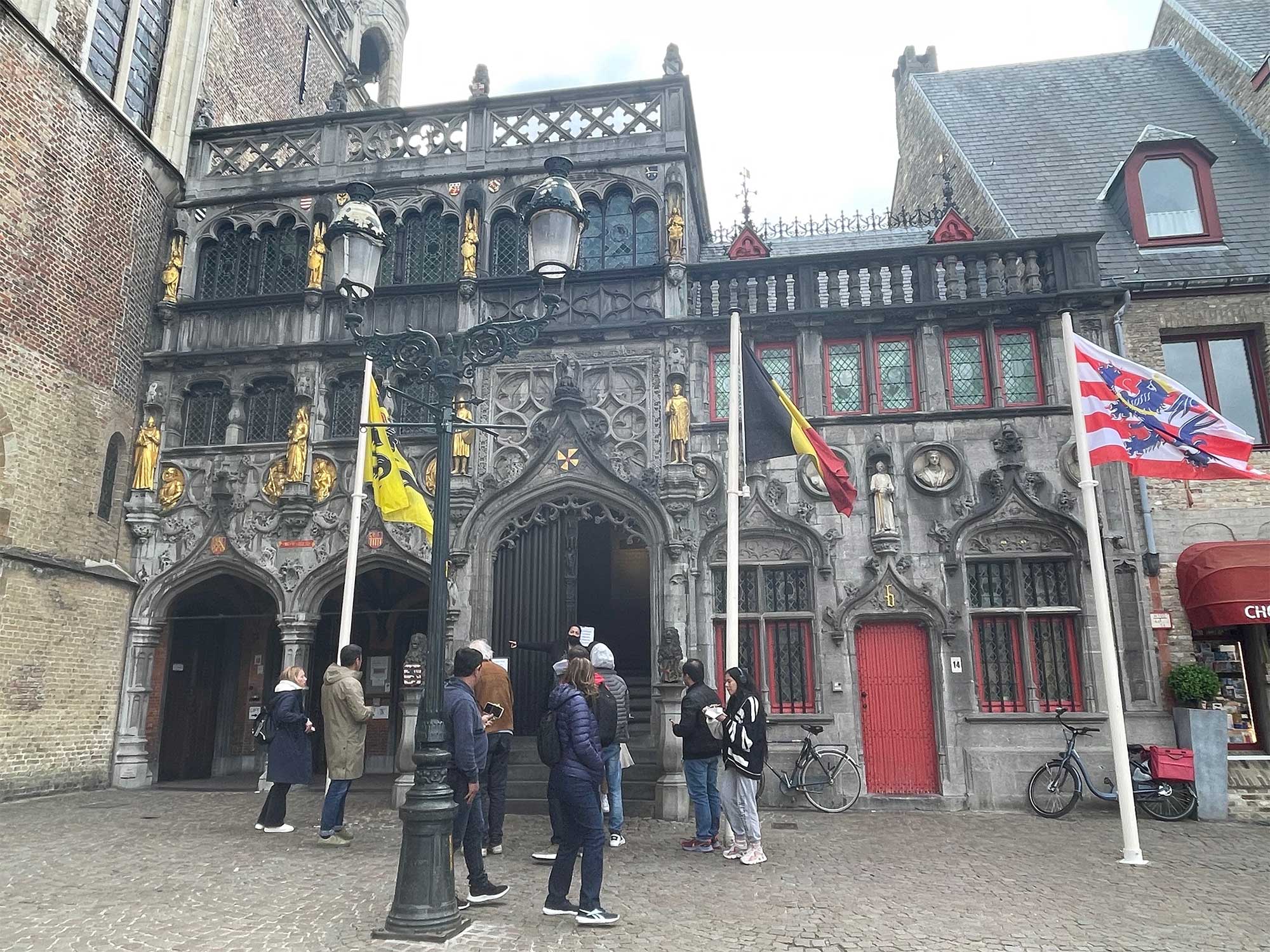
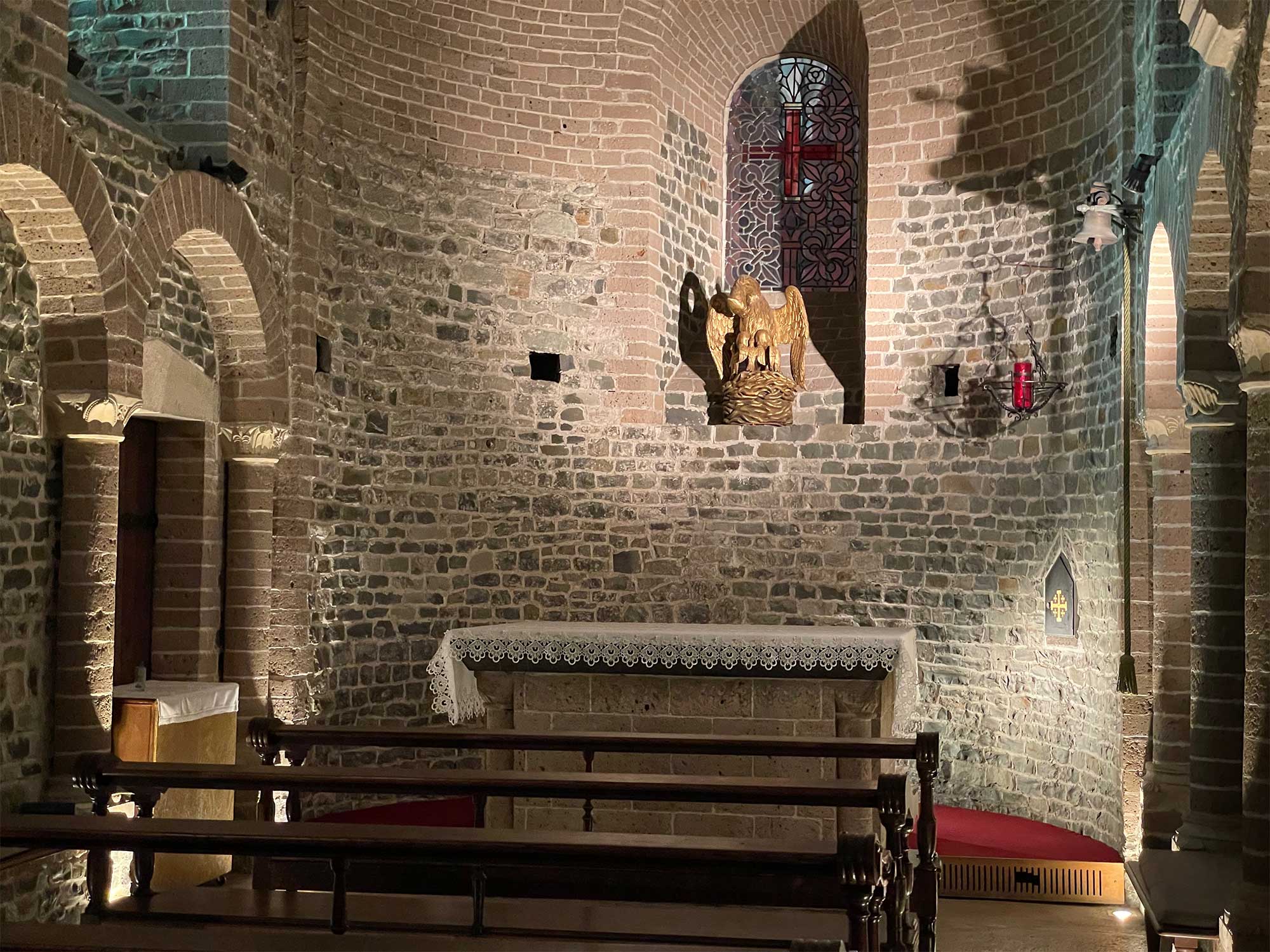
During my visit, I was told that the upper church was not accessible, however Visit Bruges writes that “If you wish to visit the upper chapel and treasury, place a call at the lift and talk into the speaker. Some manoeuvring is required in order to enter and exit the lift. The double door to the upper chapel is very heavy. There are narrow, but accessible passageways on the upper floor. There is plenty of room to manoeuvre in the halls. The exhibited material in the treasure chamber is hard to see if you are in a wheelchair.” Perhaps then, the elevator was simply out of service on the day of my visit.
Bruges City Hall
Located on Burg Square at the center of Bruges, the City Hall building was constructed in a late-Gothic Monumental style between 1376 and 1421. The building underwent a substantial renovation that was completed in 1905, and some accessibility improvements have been made since.
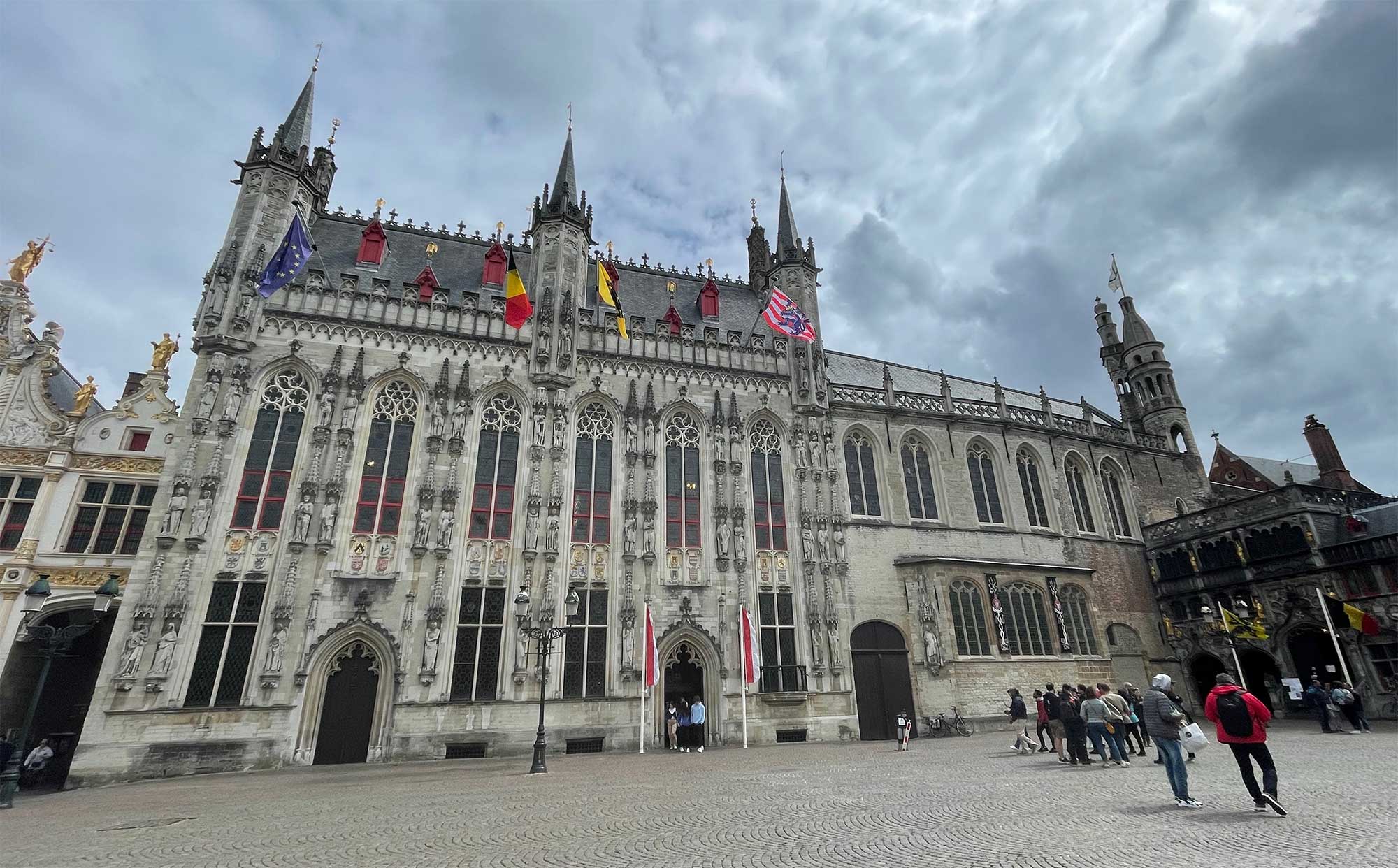
The building is easily accessible to wheelchair users, and all visitors should make a point to see the Gothic Hall, the meeting place of the Bruges City Council, that features vaulted ceilings and wall paintings. The Historical Hall is also worth a visit, as it provides insight into the city’s development and history as an economic center for the region. The free audio guide offers context you won’t find anywhere else.
King Albert I Park
Named in honor of the king who ruled Belgium from 1909 until his death in 1934, King Albert I Park is located on the site of the city’s former railway depot. When the train station was moved to its present location, a parkland was formed, offering visitors a peaceful and serene escape near the city center.
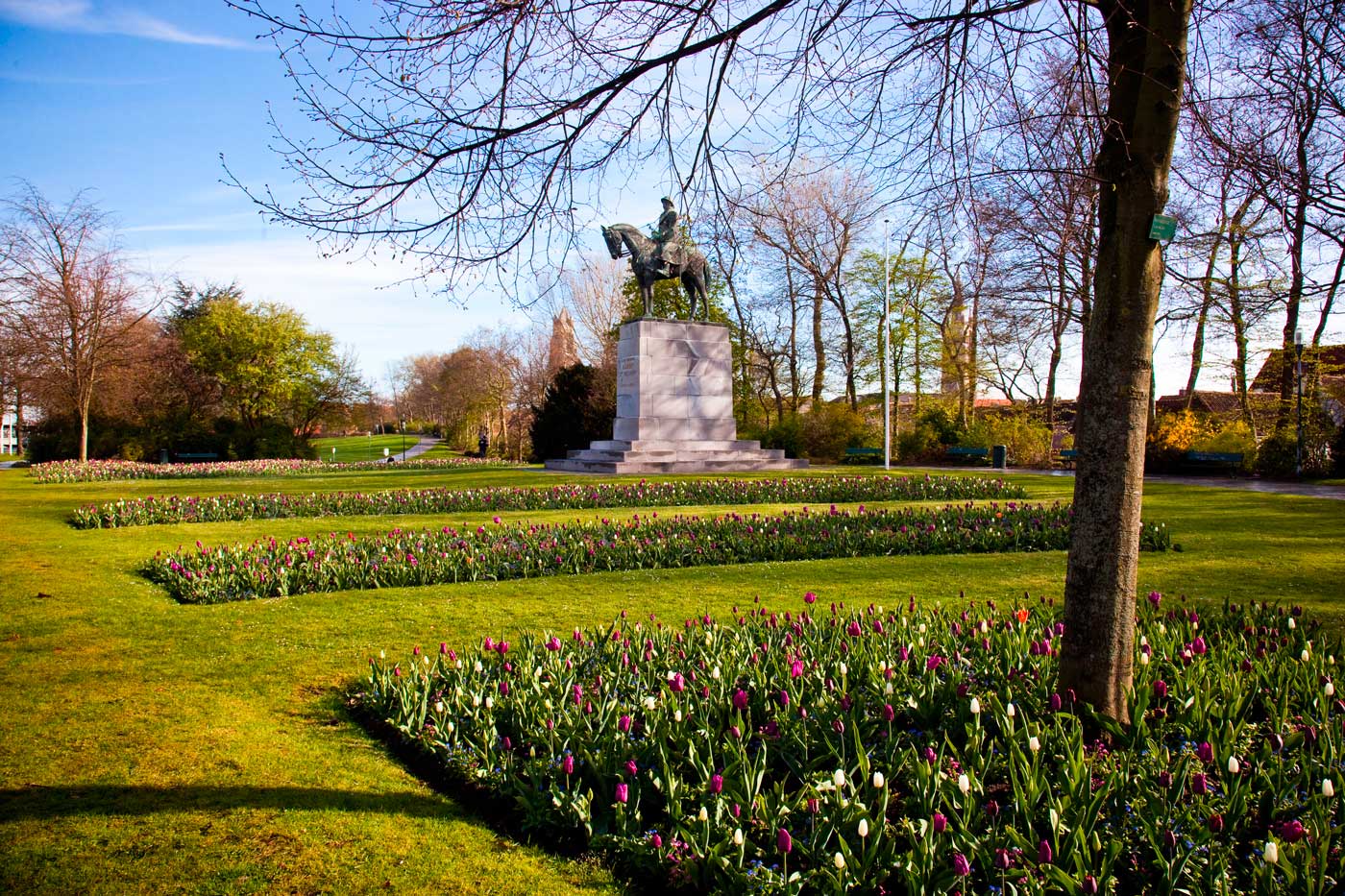
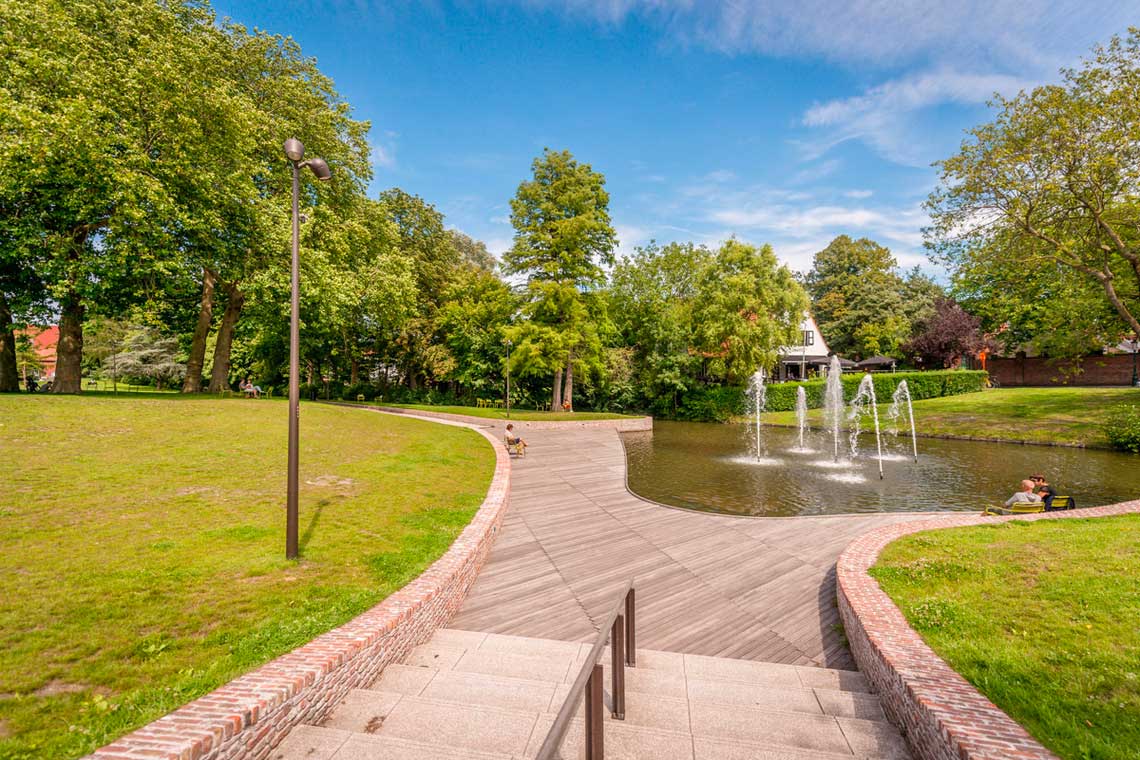
The park underwent major renovations in 2022 and features smooth, wheelchair accessible pathways that lead through the wonderful green space bordered by canals. It’s a welcome diversion from the cobblestone streets of central Bruges.

